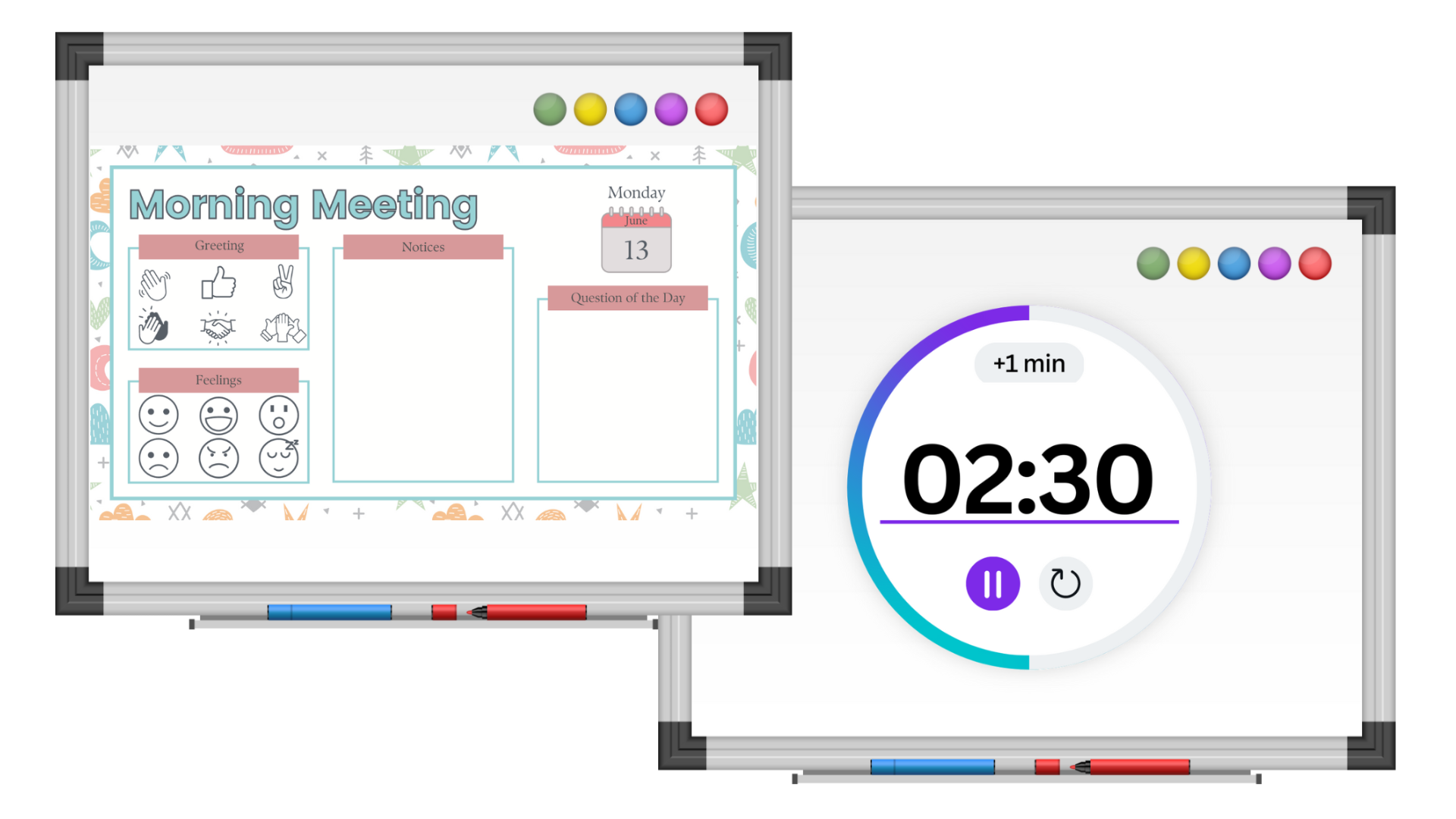
Ensuring Routines and Procedures
Effective classroom management is the cornerstone of a successful teaching experience, and it doesn’t have to be stressful! One way to stay ahead of the curve of classroom management is having consistent routines and procedures for your students. Believe it or not, these little routines can, when used effectively, save you hundreds of valuable minutes of instruction time per week. Read on for examples of routines and procedures that really work, and how to maintain them all year long.
Consistency is the backbone of classroom management. It provides students with predictability and a sense of normalcy. At this point in the year, you’ve already established your class rules. These go a long way in setting the tone and norms for your classroom, but they can’t act alone. You also need to maintain routines and procedures that students can depend on and default to when necessary. We all rely on routines and procedures every day. You routinely brush your teeth twice a day without any effort, for example. Making every day classroom activities routine for your students will help set them up for success.
Where to start
Efficient use of time is vital in any classroom. You don’t want to waste the precious, valuable minutes you have to make connections with and instruct your students by repeating directions. Having established routines for activities such as transitioning between subjects, taking attendance, or distributing materials ensures that no time is wasted. This not only maximizes instructional time but also minimizes disruptions. When students know what to do and when to do it, they can focus on learning. Easy transitional procedures to implement include using accessible timers (projected on a SmartBoard, for example) and having something to do when they arrive in the morning (such as a feelings check-in). We found great templates for morning meeting and closing circle slides on Canva. 
Consistent routines and procedures are also indispensable for behavior management. They provide a clear framework for addressing and preventing behavioral issues. When students are aware of the consequences of their actions and the steps involved in resolving conflicts, they are more likely to make good choices. Consistency in these procedures also helps build trust between you and your students. We love routines like check-ins and procedures like a consequence chart or behavior scale to help students understand their own behaviors and the consequences of their actions.
Well-established routines and procedures promote student independence. When students know how to navigate the classroom environment and its resources, they become self-reliant learners. Encourage students to take responsibility for their own learning by following established procedures for tasks like turning in assignments, accessing materials, or seeking help when needed. You can do this in a few ways. We love “Ask 3, then me.” With this class procedure, students will take a question like “What are we supposed to do after we finish the quiz?” to three peers before asking the teacher. It’s highly likely that they’ll get the answer they need with minimal disruption before they have to interrupt you.
Keep it flexible
While consistency is key, it’s also important to allow for flexibility within the established routines and procedures. Every class is unique, and adjustments may be necessary as the year progresses. Be open to student feedback and adapt when needed, but ensure that any changes are communicated clearly and consistently to maintain the overall structure.
Halfway through my first year of teaching, I noticed that pack-up was always a little chaotic. I realized our end-of-day routine was too open-ended for my first graders. I added simple structures like what to do if you packed up early or how to get started, and it really helped smooth out the whole process. If you notice something isn’t working for your class, change it up.
Consistent routines and procedures are the backbone of effective classroom management. They create a sense of order, promote a positive learning environment, and empower students to take control of their own learning. Investing time and effort in establishing these routines at the beginning of the school year will pay dividends throughout the year, making your classroom a place where both you and your students can thrive.
Looking for more Teacher Tip Tuesday content? Visit https://www.footsteps2brilliance.com/category/teacher-tip-tuesday/
Not signed up? To learn how to provide your class with access to the Footsteps2Brilliance bilingual literacy program, click here, or sign up to speak to a Footsteps2Brilliance expert here.




